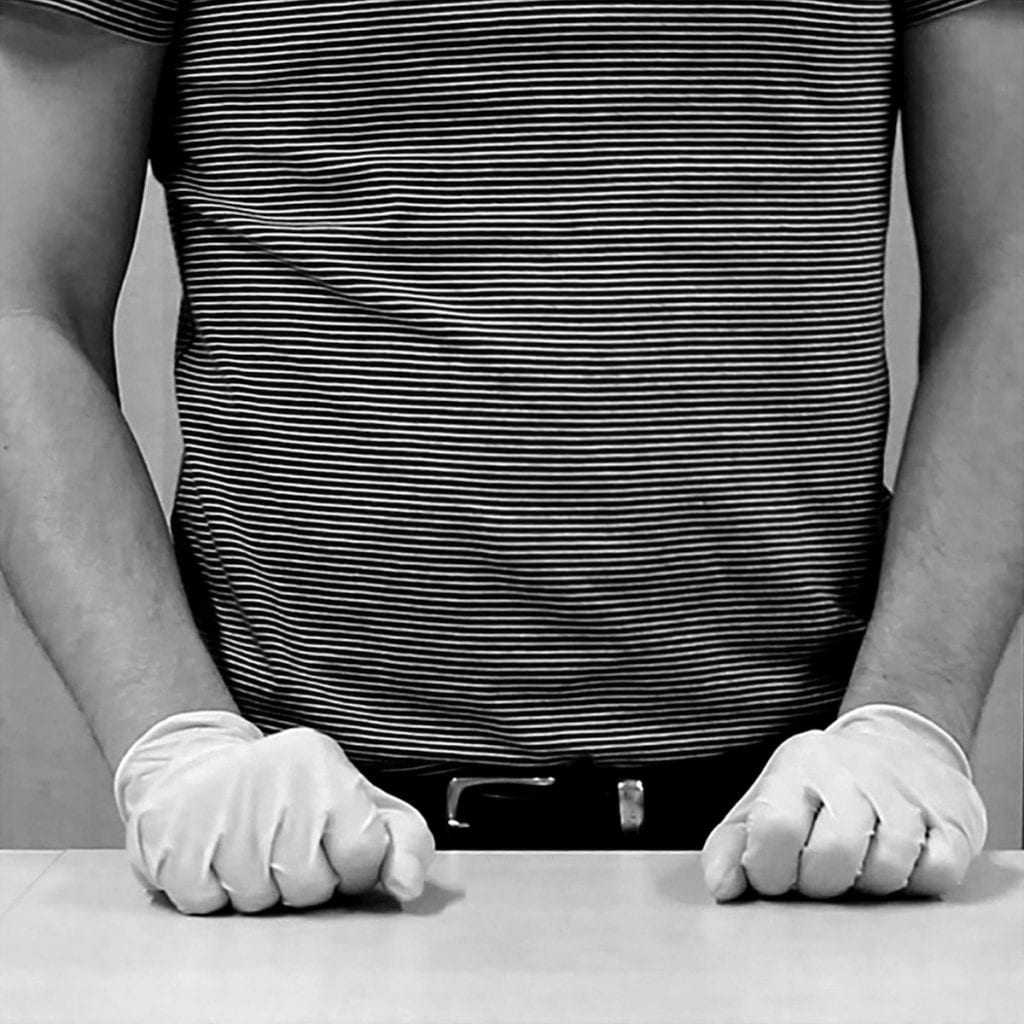The themes that artist Sophy Rickett has explored in her work have, for several years, varied greatly. She works mainly between image and text — from a series of retouched butterflies accompanied by emails between the artist and her father (The Death of a Beautiful Subject), to a reflection on the artist’s encounter with retired astronomer Dr Roderick Willstrop and his archive of photographic negatives (Objects in the Field). Her most recent project The Curious Moaning of Kenfig Burrows, published in September 2019 by GOST, combines image and text and explores Rickett’s creative process through the life and work of her subject, Thereza Dillwyn Llewelyn. Rather than follow a single narrative, it is the artist’s engagement with her subject that gives shape to the publication.
“I like the process of finding my own angle … muscling my way in,” explains Rickett in the discussion with writer, curator, artist, and educator David Campany that accompanies the book. “I became interested in creating my own access points to history, ones where misunderstanding, disagreement, and chance were as productive and meaningful as the officially accepted version of events.”
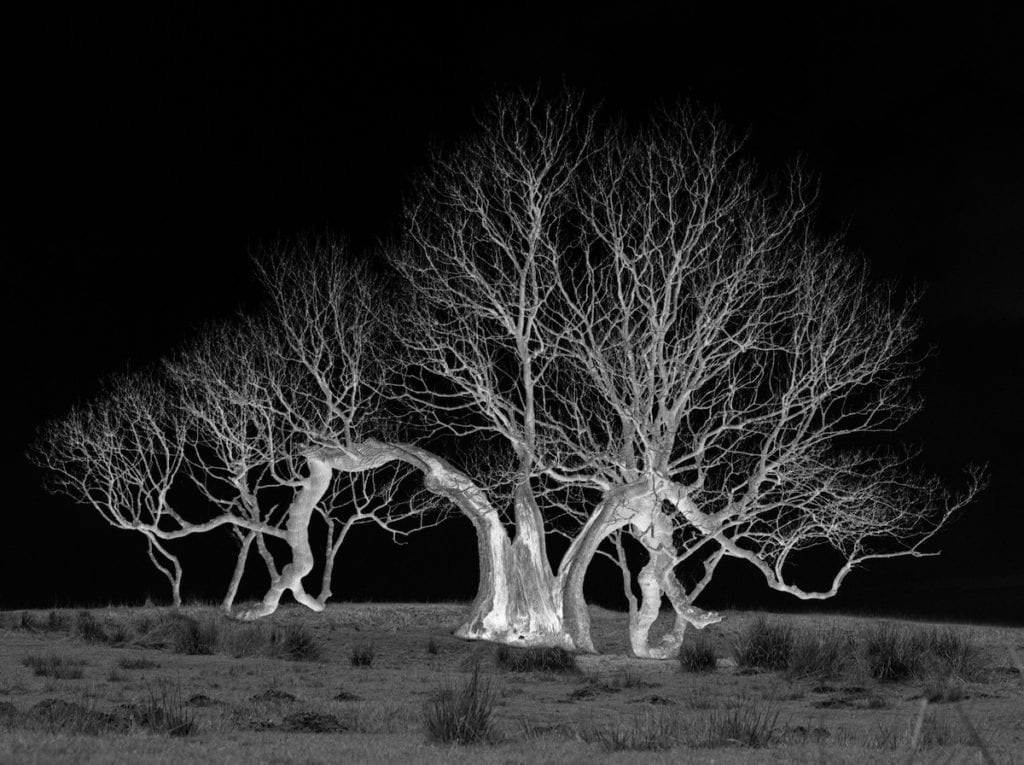
“I let myself be distracted, meander through, using photography to notionally record my journey, but also at the same time, knowing I was getting it wrong”
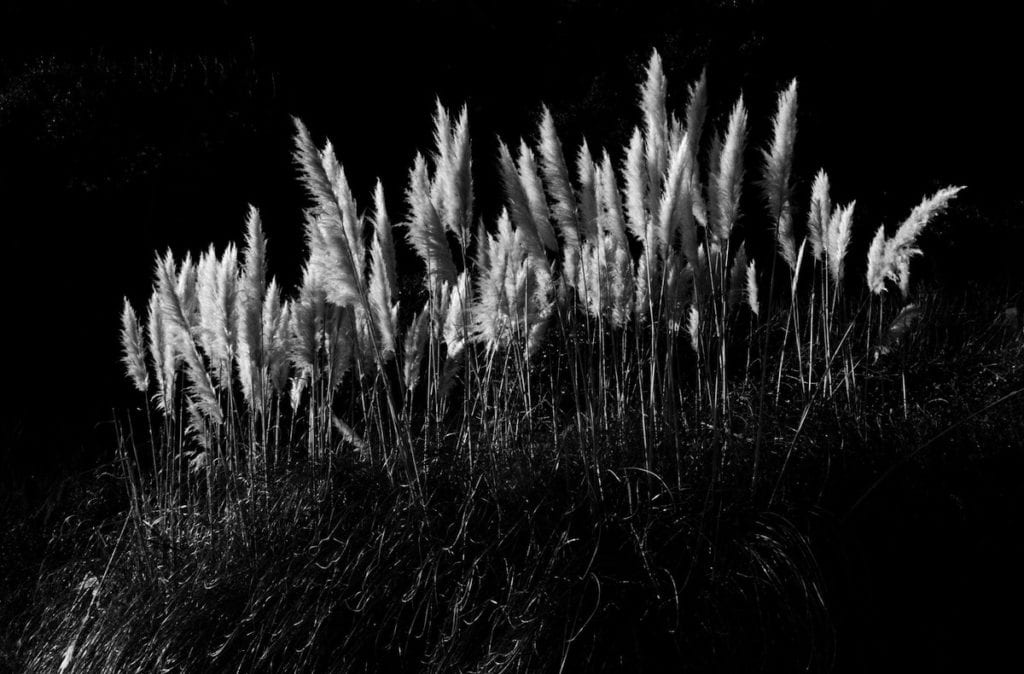
The project began to take shape when Rickett met Jennie Eyres — a trustee at Penllergare Valley Woods who introduced the artist to the story of Dillwyn Llewelyn and the place, and the surrounding area, in which she had grown up. Dillwyn Llewelyn was a little-known Welsh artist and astronomer working at the end of the 19th century; an era during which it would have been uncommon for women to take up such pursuits. The eldest of six, Dillwyn Llewelyn’s father was also a photographer and botanist, and members of her extended family were prominent in the field of scientific photography; her cousin was the photographer Henry Fox Talbot, and her aunt, Mary Dillwyn, was one of the earliest female photographers in Wales.
But, the book is not purely about Dillwyn Llewelyn. Rather, it is a journey of sorts, revealing Rickett’s engagement with this subject. “I let myself be distracted, meander through, using photography to notionally record my journey, but also at the same time, knowing I was getting it ‘wrong’,” she writes. The artist’s approach is unstructured and non-linear. Original research undertaken at the British Library, London, is coupled with chance encounters, subjective associations, and interests; Rickett makes connections between her own life and work and those of the Dillwyn Llewelyns.
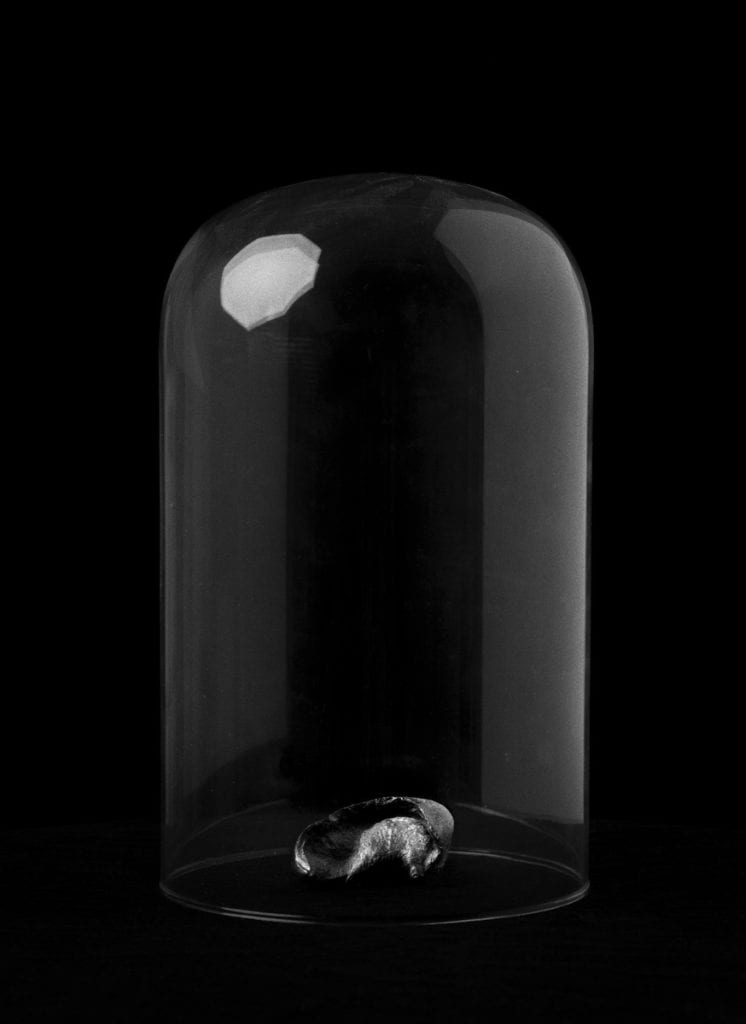
The images and text in The Curious Moaning of Kenfig Burrows reflect this. Included in its 41 black-and-white images are photographs created at the Gower Peninsula, which was associated with the family, along with studio-based works and found images. The accompanying text shifts between historical anecdotes and Rickett’s own reflections.
Much of Rickett’s research involved archives — difficult places to navigate without a clear end goal. Immersing herself in these freely, compelled the artist to consider how we navigate history. How do we decide what to investigate, and what to study? What do we decide to convey to readers through our work? “Archives are sites not of meaning but of potential meaning, and it always depends on who is doing the asking and what they think they want,” considers Campany in the discussion with Ricketts that accompanies the work. Campany draws parallels between navigating an archive and taking a photograph: “One knows there is an image to be taken, but it’s not clear how or why, or what it should be. One is waiting for something to reveal itself as having possibility. And perhaps looking at photographs is like this too.”
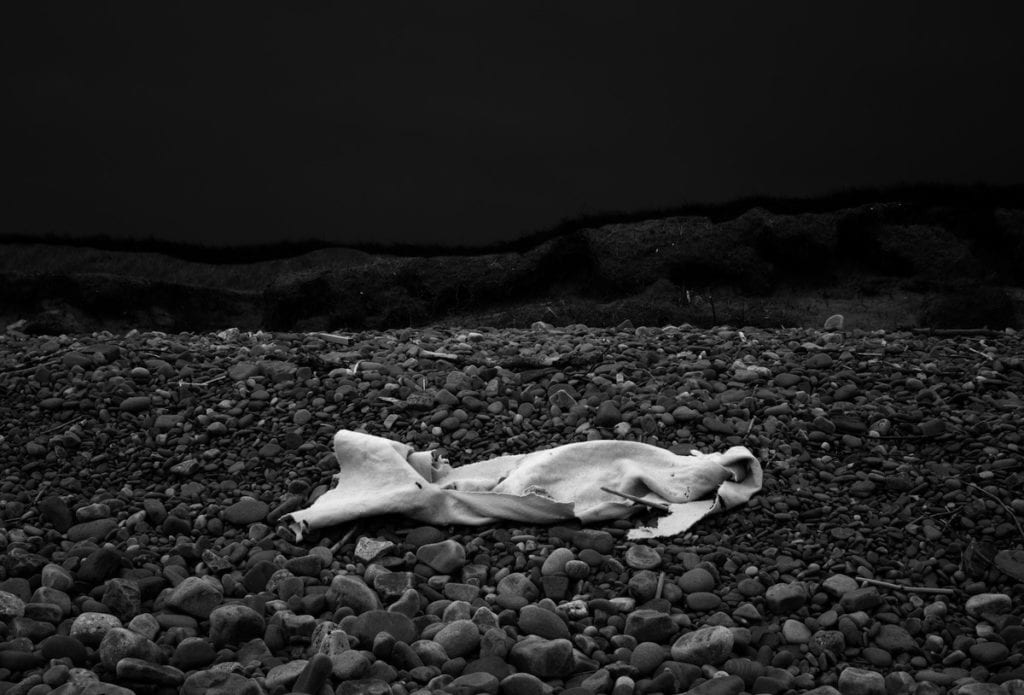
“I like the process of finding my own angle … muscling my way in”
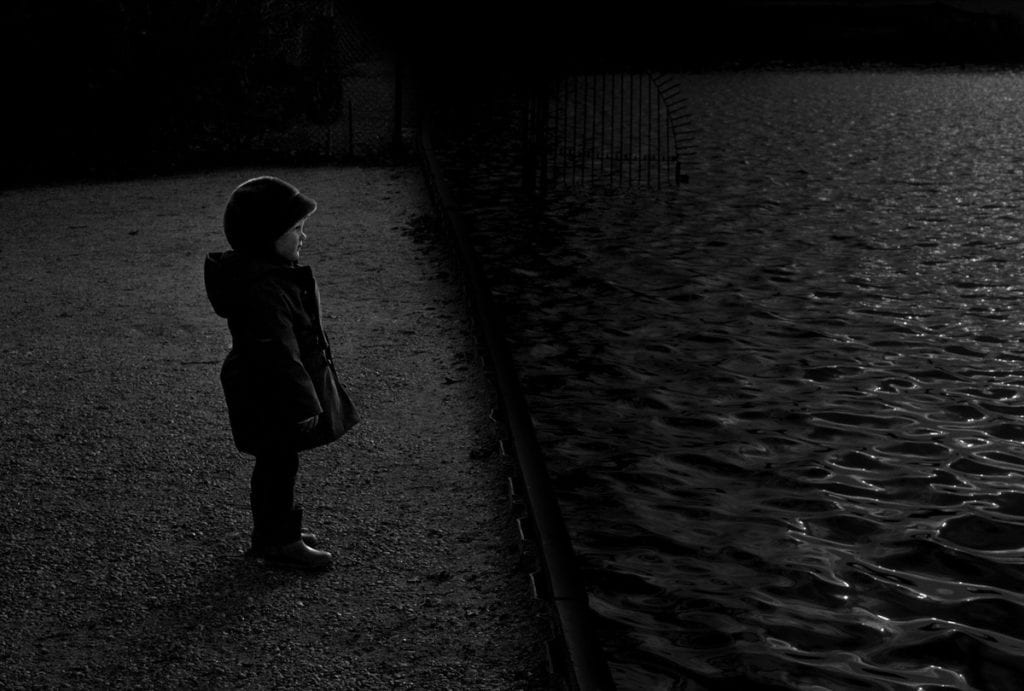
Rickett wants viewers’ experiences of the book to be similarly fluid. “Meaning is fluid, dependent on context, on the circumstance,” she says. Akin to her experience of making the work, readers should go on a journey — forming their own judgments and connections. The artist writes about how this project took longer than most to take form: “ … it kept pulling in different directions. And at some point, that seemed right as well; its resistance to closure.” The Curious Moaning of Kenfig Burrows eventually finished as it began, during a meeting with Jennie — the trustee at Penllergare, Glamorganshire, where Dillwyn Llewelyn grew up. Rickett recounts questioning Jennie again, hoping that something unexpected might emerge, to which she replied: “Sophy, I think you have it all.”
“It is such a strong phrase; an affirmation, but also on some level, a rebuke,” writes Rickett. “It opened something out for me, the sense of already having everything I needed and the work I had to do was figuring out how to make it make sense.” The publication exists as a record of that process; it is an archive of the artist’s personal engagement with her subject.
The Curious Moaning of Kenfig Burrows is published by GOST and is on show as part of Cupid and The Curious Moaning Of Kenfig Burrows at Glynn Vivian Art Gallery, Swansea, from 27 September 2019 to 25 January 2020.
